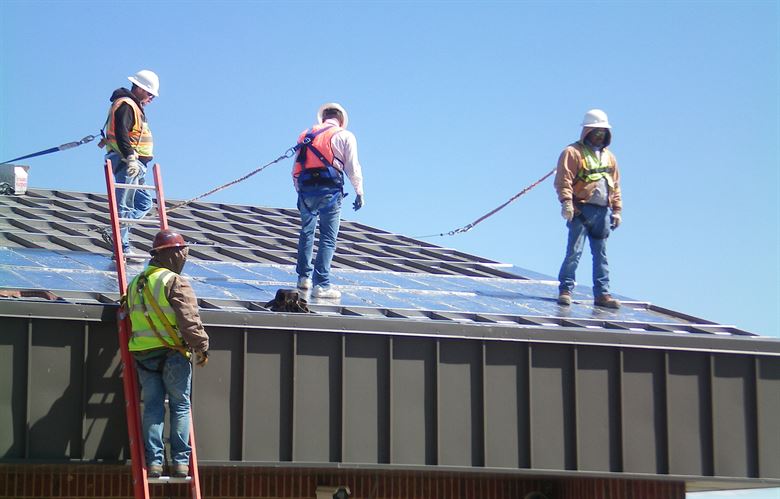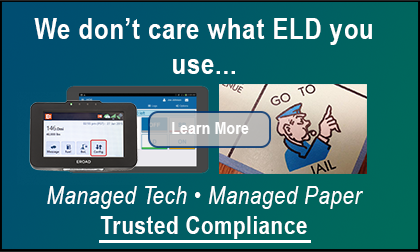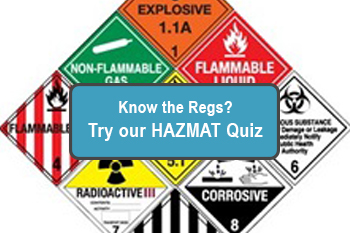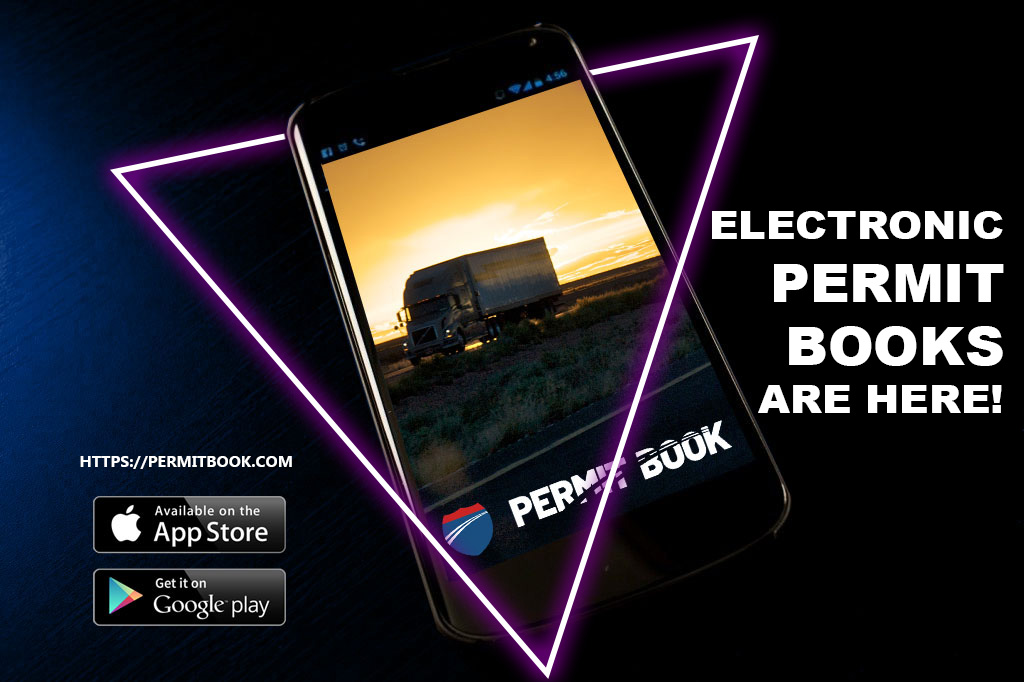
How FMCSA Motor Carrier Regulations Affect Insulation Contractors
posted in Alerts by Brian Gray
How FMCSA Motor Carrier Regulations Affect Insulation Contractors
In March 2018, Dave presented his second webinar for the Insulation Contractors Association of America (ICAA) on federal motor carrier regulations (FMCSRs) and how insulation contractors are affected.
Dave Gray is president and owner of Glostone Trucking Solutions, a transportation regulatory compliance service company.
Dave serves as the current President of the North American Transportation Services Association (NATSA), is an active Industry Advisory Committee Board Member for both the International Fuel Tax Agreement (IFTA) and the International Registration Plan (IRP), and is active within the Oregon Motor Carrier Transportation Advisory Committee (MCTAC).
Understanding that most insulation contractors do not have CDL trucks and that their CMV’s are mostly cut-away vans and medium-duty box trucks, let’s take a look at how the FMCSRs affect the insulation contractor industry.
Below is a Q&A that was published in ICAA’s Insulation Contractors Report May/June Issue.
ICAA: As users of trucks in our insulation businesses, we are subject to — whether we like it or not — the regulations of the U.S. Department of Transportation (USDOT). Failure to comply with these regulations can adversely impact our businesses. What is the most significant risk we face?
DG: The most significant risk is to the safety of your employees and the motoring public who share the roads with your trucks. Safety is a moral and legal obligation of every company. Not following the minimum DOT regulations places a very large financial liability target on your company should an accident happen.
ICAA: What are the hours-of-service regulations?
DG: To keep fatigued drivers off the road, these regulations put limits on how long and when you may
drive. You must follow these regulations only if you drive a commercial motor vehicle (CMV). Generally, CMVs are defined as vehicles engaged in interstate commerce (crossing state lines to conduct business) and:
- Weighing (including any load) more than 10,000 lbs, or
- Having a gross vehicle weight rating or gross combination weight rating of more than 10,000 lbs, or
- Transporting hazardous materials in a quantity requiring placards.
With minor exceptions, it should be noted that states adopt and apply federal motor carrier regulations to intrastate commerce.
Try our Hours of Service (HOS) regulatory quiz!
ICAA: What is the “adverse driving conditions” exception?
DG: If unexpected adverse driving conditions slow you down, you may drive up to 2 extra hours to complete what could have been driven in normal conditions. This means you could drive for up to 13 hours, which is 2 hours more than allowed under normal conditions.
Adverse driving conditions mean things that you did not know about when you started your run, like snow, fog, or a shut-down of traffic due to a crash. Adverse driving conditions do not include situations that you should have known about, such as congested traffic during typical rush hour periods.
Even though you may drive 2 extra hours under this exception, you must not drive after the 14th consecutive hour after coming on duty, and you must comply with the minimum 30-minute rest break provisions.
ICAA: Electronic logging devices (ELDs) are mandated by the USDOT for commercial motor vehicle drivers who are required to prepare hours-of-service logs. How does this affect insulation contractors?
DG: We are talking about drivers of commercial motor vehicles, so it applies to drivers of vehicles in excess of 10,000 lbs. The mandate went into effect in December 2017, but the rule allows exceptions to the mandate.
The following two exceptions are pertinent to the insulation contracting industry:
- Drivers who operate under the short-haul exception (who are not required to keep traditional logs — see page 15) are not required to use ELDs, and
- Drivers who must use logs not more than 8 out of every 30-day period are not required to keep logs nor use ELDs.
 ICAA: If required, how do insulators know which ELD to use?
ICAA: If required, how do insulators know which ELD to use?
DG: There are currently about 300 vendors who provide an Electronic Logging Device (ELD) that meets the DOT requirements for recording hours-of-service. A list of these vendors can be found on the Federal Motor Carrier Safety Administration (FMCSA) website (https://csa.fmcsa.dot.gov/ELD/List). Other devices may record similar information but if they are not listed on the FMCSA-registered ELD vendor list, they will not be deemed acceptable for recording hours-of-service.
ICAA: Is there an app to keep track of hours for the short-haul driver who is exempted from ELDs, should they need to provide time logs to the inspector?
DG: There is no DOT-approved device or app for the recording of the short-haul start time, stop time, and total hours requirement like there is for the Electronic Log mandate. As long as the short-haul time information is recorded, accurate, maintained for 6 months, and can be displayed in an audit (printed, exported to a spreadsheet, or otherwise accessible to an auditor), any method that accomplishes this can be used. I do not know of any specific app product that accomplishes these requirements, but my guess is that there are probably several that will work.
ICAA: What is an air mile?
DG: The term “air mile” is internationally defined as a nautical mile which is equivalent to 6,076 feet. Thus, a 150 air mile radius is equivalent to 172.6 road miles.
ICAA: Assuming we operate only within the state (intrastate), do hours-of-service rules apply?
DG: In general, states adopt the federal regulations so that the regulations remain consistent between all types of operations. Hours-of-service rules will apply to intrastate operations. States may and often do amend certain parts of the rules. For example, a state may extend driving time from 11 to 12 hours, however, this amendment would only apply to true intrastate operations in that particular state.
ICAA: We operate in interstate commerce once in a while. Are we required to comply with the federal hours-of-service regulations?
DG: The DOT will consider you as operating interstate, following federal rules, even if you only operate interstate once in a while.
ICAA: Alright, we’re a short-haul carrier by definition. When our drivers get pulled over, the inspectors consistently request the previous 7 days of time logs, even though the law doesn’t require previous logs for short-haulers! This mostly happens when we cross state lines. How should we handle this?
DG: The federal, interstate hours-of-service regulations do not require a short-haul exempted driver from carrying the last 7 days of time records. The statement “I am a short-haul exempted driver” should be enough to satisfy the officer. If the officer doesn’t believe the driver, they can follow up with the company to get verification. Different states place more emphasis on hours-of-service than others; individual inspectors can place more emphasis on hours-of-service than others within his/her state.
As a result, some think they can basically demand anything. If the situation is common in a particular state or area, it might be easiest just to carry the past 7 days of time card records to satisfy the officer and speed things along. If a violation is given for not having the last 7 days in the truck, it can be challenged and removed.
ICAA: Occasionally, we go over the 14-hour window. Must we create logs for the prior time period?
DG: If occasionally (not more than 8 days in any 30 day period), you go over the 14 hour window when operating within the short-haul exemption, you should, as soon as you realize you will be going over the 14 hours, create a paper record of duty status for that day, making sure to take your 30-minute break (as it’s now no longer exempt). You do not need to go back and recreate the last 7 days into the log format.
ICAA: Are some insulation materials required to be placarded for HazMat, and if so, would I need a driver with a Commercial Driver’s License (CDL) to transport the load?
DG: I know of no insulation materials transported by insulation contractors in enough quantity that require placarding under DOT regulations (39 CFR Part 172). That being said, insulators should check Section 14 of their product’s Safety Data Sheet to confirm that the quantity of product being carried is not HazMat regulated under DOT. Of course, if placarding is required, then a CDL driver is also required for transporting these materials.
Try our driver HAZMAT regulations quiz!
ICAA: What services does Glostone Trucking Solutions provide? And can you tell us about your alliance with CleanFleet?
DG: Glostone provides regulatory compliance services to companies using trucks. Services like getting the proper plates and tags at the proper weight, specialty truck permits, fuel tax reporting for trucks over 26,001 lbs, preparing driver files, driver training videos, and much more. Our sister company, CleanFleet, is a Drug and Alcohol Program management company that specializes in helping companies with CDL drivers comply with the Federal Motor Carrier Safety Regulations for drug and alcohol testing.







